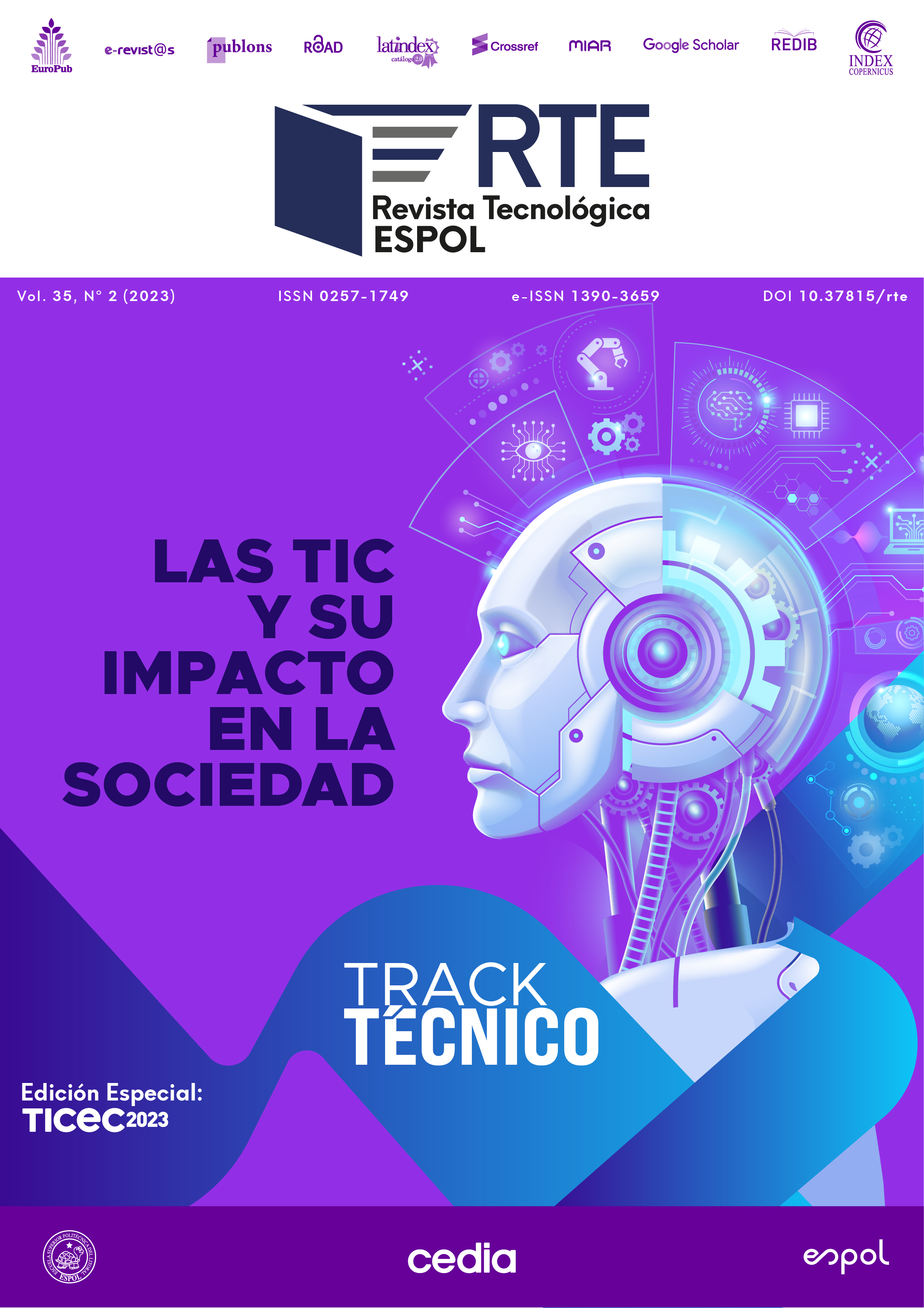In the field of psychology, serious games have been transformed into digital tools that allow the application of psychological tests, skills training, and the detection of disorders or pathologies. Although interactive systems generate large amounts of data that can be stored, the need arises to identify game patterns that allow the specialist to make data-driven decisions. In this context, visualization models have become a modern and precise tool to solve these representations. This work aims to create a visualization model applied to data extracted from a serious game aimed at training attention and memory. For this purpose, a methodology was proposed that allowed the development of a unified visual analysis environment composed of three interactive dashboards. Finally, the model was evaluated through the technology acceptance model, which showed reliability equivalent to outstanding.

This work is licensed under a Creative Commons Attribution-NonCommercial 4.0 International License.
References
Abd-Alrazaq, A., Alajlani, M., Alhuwail, D., Toro, C. T., Giannicchi, A., Ahmed, A., Makhlouf, A., & Househ, M. (2022). The Effectiveness and Safety of Serious Games for Improving Cognitive Abilities Among Elderly People With Cognitive Impairment: Systematic Review and Meta-Analysis. In JMIR Serious Games (Vol. 10, Issue 1). https://doi.org/10.2196/34592
Alonso-Fernández, C., Calvo-Morata, A., Freire, M., Martínez-Ortiz, I., & Fernández-Manjón, B. (2019). Applications of data science to game learning analytics data: A systematic literature review. Computers and Education, 141(April), 103612. https://doi.org/10.1016/j.compedu.2019.103612
Alonso-Fernandez, C., Calvo-Morata, A., Freire, M., Martinez-Ortiz, I., & Manjon, B. F. (2021). Data science meets standardized game learning analytics. IEEE Global Engineering Education Conference, EDUCON, 2021- April (February), 1546–1552. https://doi.org/10.1109/EDUCON46332.2021.9454134
De Troyer, O., Helalouch, A., & Debruyne, C. (2016). Towards computer-supported self-debriefing of a serious game against cyber bullying. Lecture Notes in Computer Science (Including Subseries Lecture Notes in Artificial Intelligence and Lecture Notes in Bioinformatics), 10056 LNCS(November 2020), 374–384. https://doi.org/10.1007/978-3-319-50182-6_34
Division of Nutrition, Physical Activity, and Obesity, N. C. for C. D. P. and H. P. (2022). Healthy Weight, Nutrition, and Physical Activity. https://www.cdc.gov/healthyweight/assessing/bmi/adult_bmi/index.html#InterpretedAdults
Dörner, R., Göbel, S., & Effelsberg, W. (2016). Serious games. In Springer (Issue 1). https://doi.org/10.7146/pas.v33i80.111719
Han, J. (2012). Data Mining Concepts and Techniques. Elsevier Inc.
Keim, D. A., Mansmann, F., Schneidewind, J., Thomas, J., & Ziegler, H. (2008). Visual Analytics: Scope and Challenges BT - Visual Data Mining: Theory, Techniques and Tools for Visual Analytics (S. J. Simoff, M. H. Böhlen, & A. Mazeika, Eds.; pp. 76–90). Springer Berlin Heidelberg. https://doi.org/10.1007/978-3-540-71080-6_6
Kotu, V., & Deshpande, B. (2019). Data Science: Concepts and Practice. In Elsevier Inc. (Vol. 2).
Kumar, D., & Bhardwaj, D. (2011). Rise of Data Mining: Current and Future Application Areas Dharminder. 8(5), 256–260.
Loh, C. S., Sheng, Y., & Dirk, I. (2015). Serious Games Analytics. In Serious Games Analytics. https://doi.org/10.1007/978-3-319-05834-4
Luján, M. (2018). Interacciones en Visualización. 247.
Manera, V., Ben-Sadoun, G., Aalbers, T., Agopyan, H., Askenazy, F., Benoit, M., Bensamoun, D., Bourgeois, J., Bredin, J., Bremond, F., Crispim-Junior, C., David, R., Schutter, B. De, Ettore, E., Fairchild, J., Foulon, P., Gazzaley, A., Gros, A., Hun, S., … Robert, P. (2017). Recommendations for the use of serious games in neurodegenerative disorders: 2016 Delphi Panel. Frontiers in Physiology, 8(JUL), 1–10. https://doi.org/10.3389/fpsyg.2017.01243
Martig, S., Castro, S., Fillottrani, P., & Estévez, E. (2003). Un Modelo Unificado de Visualización. 881–892.
Mezrar, S., & Bendella, F. (2022). A Systematic Review of Serious Games Relating to Cognitive Impairment and Dementia. Journal of Digital Information Management, 20(1), 1. https://doi.org/10.6025/jdim/2022/20/1/01-09
Minović, M., Milovanović, M., Šošević, U., & Conde González, M. Á. (2015). Visualisation of student learning model in serious games. Computers in Human Behavior, 47, 98–107. https://doi.org/10.1016/j.chb.2014.09.005
Provost, F., & Fawcett, T. (2013). Data Science for Business. O’Reilly Media, Inc.
Wallner, G., Canossa, A., & El-Nasr, M. S. (2018). Introduction to the special issue on visual game analytics. Information Visualization, 17(3), 181–182. https://doi.org/10.1177/1473871617722040
Wallner, G., & Kriglstein, S. (2013). Visualization-based analysis of gameplay data - A review of literature. Entertainment Computing, 4(3), 143–155. https://doi.org/10.1016/j.entcom.2013.02.002
Wertsch, J. V, & Tulviste, P. (1992). L. S. Vygotsky and contemporary developmental psychology. Developmental Psychology, 28(4), 548–557. https://doi.org/10.1037/0012-1649.28.4.548
Wirth, R., & Hipp, J. (2000). CRISP-DM: towards a standard process model for data mining. Proceedings of the Fourth International Conference on the Practical Application of Knowledge Discovery and Data Mining, 29-39. Proceedings of the Fourth International Conference on the Practical Application of Knowledge Discovery and Data Mining, 24959, 29–39.







